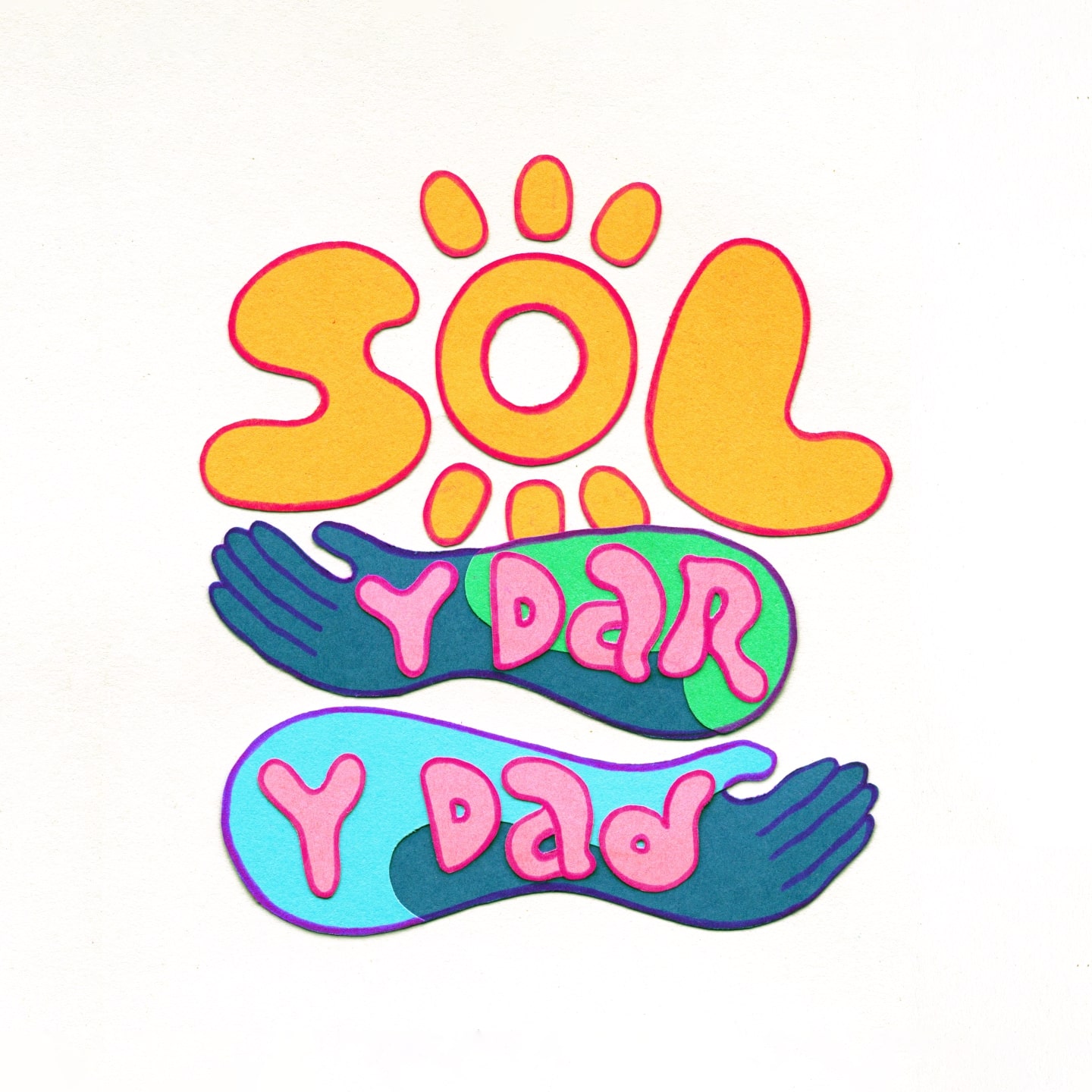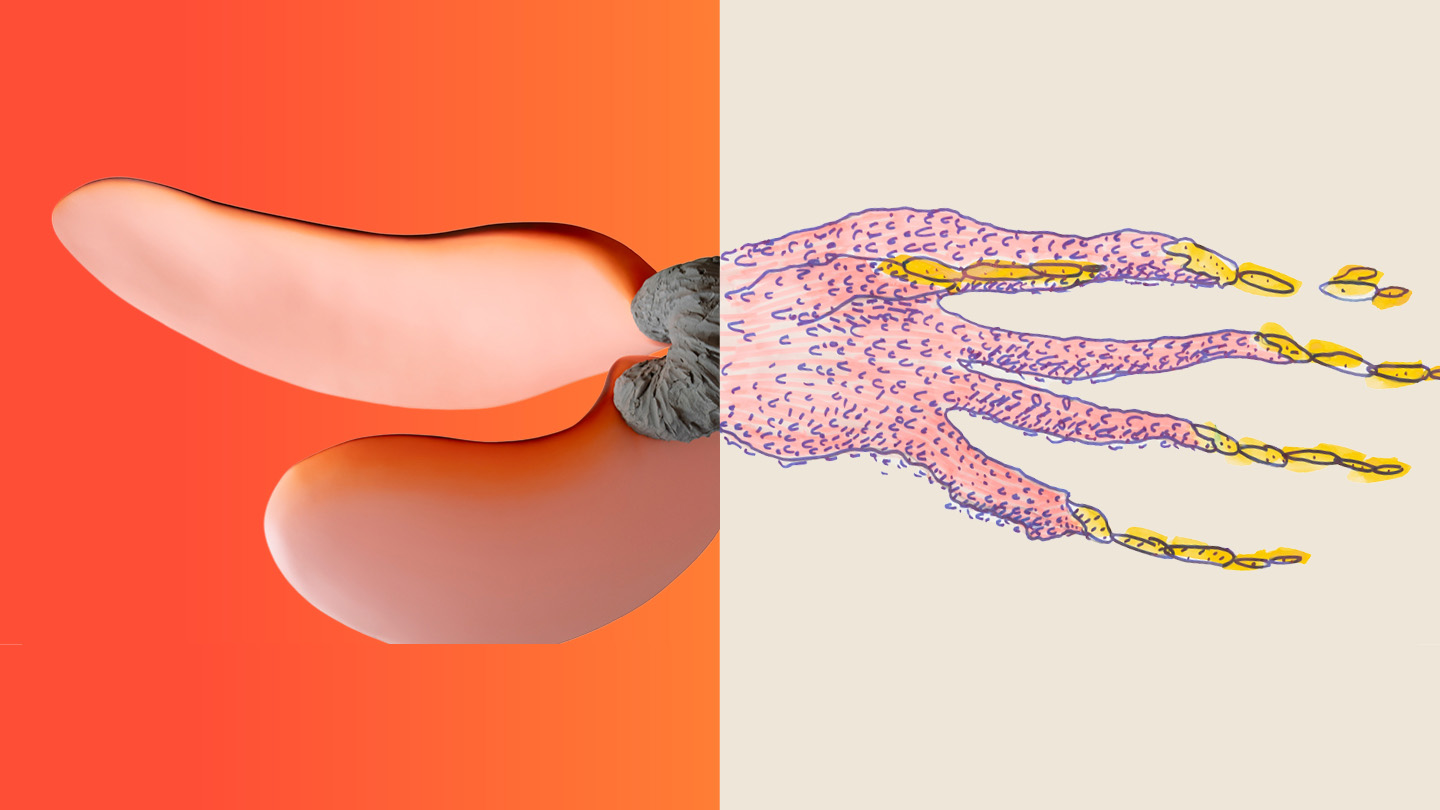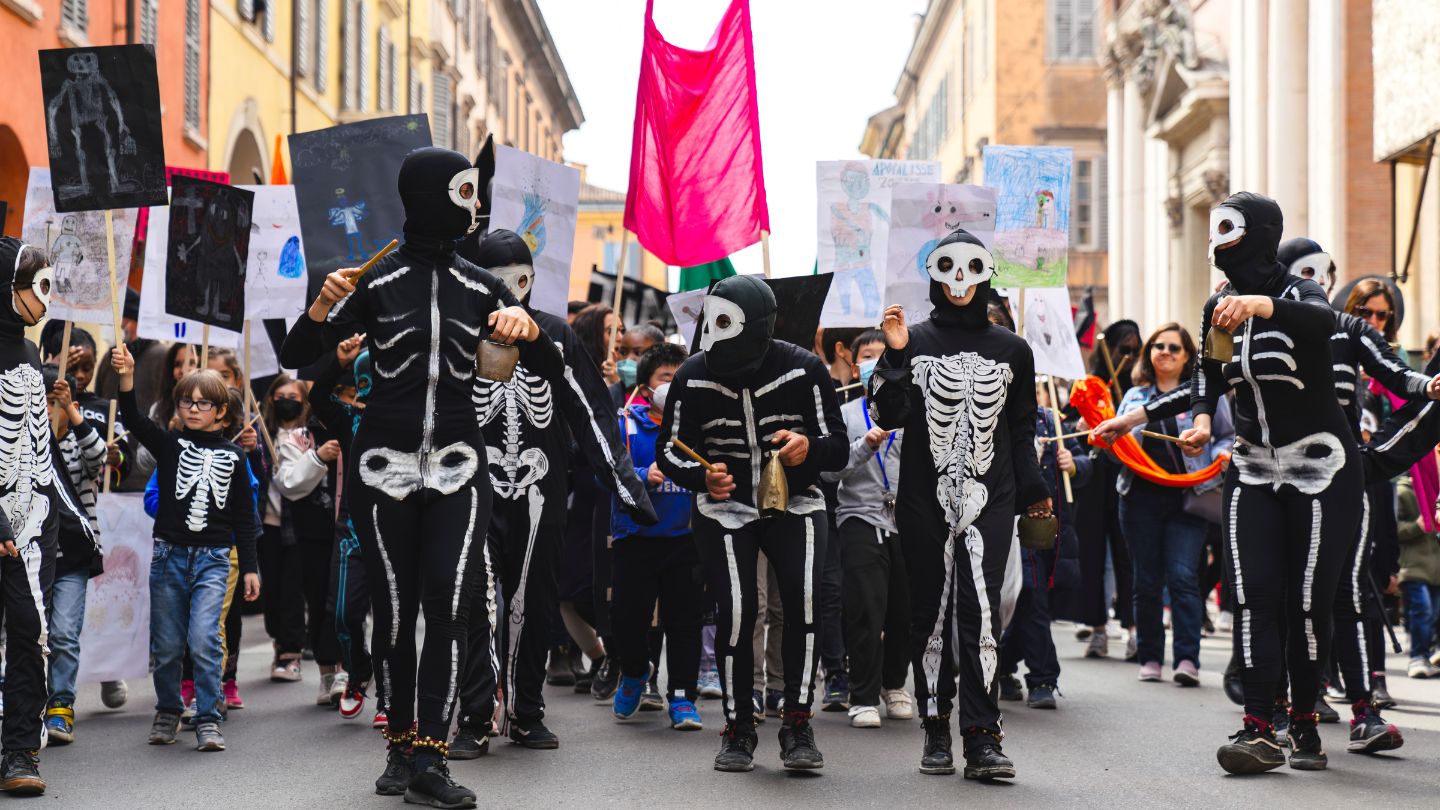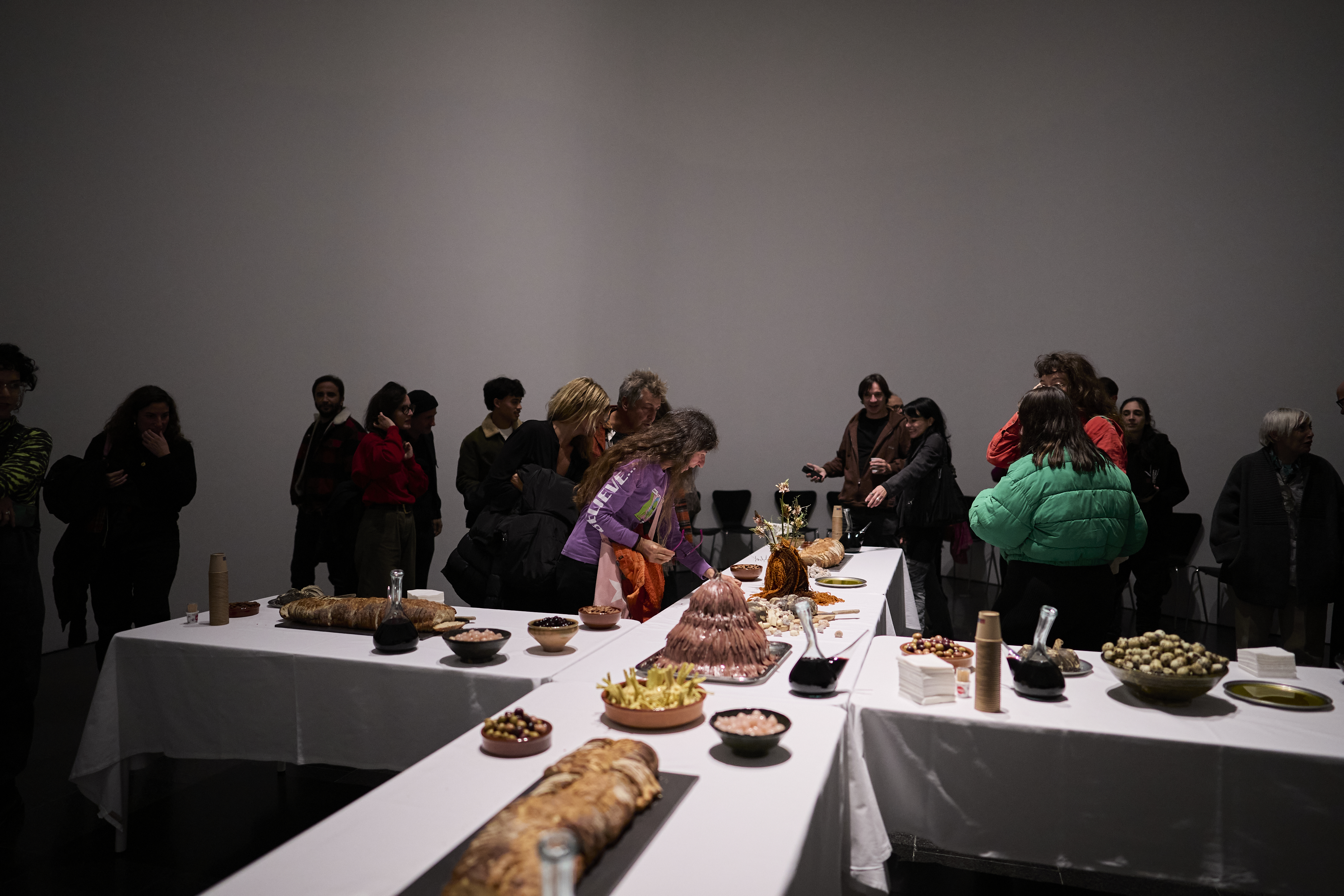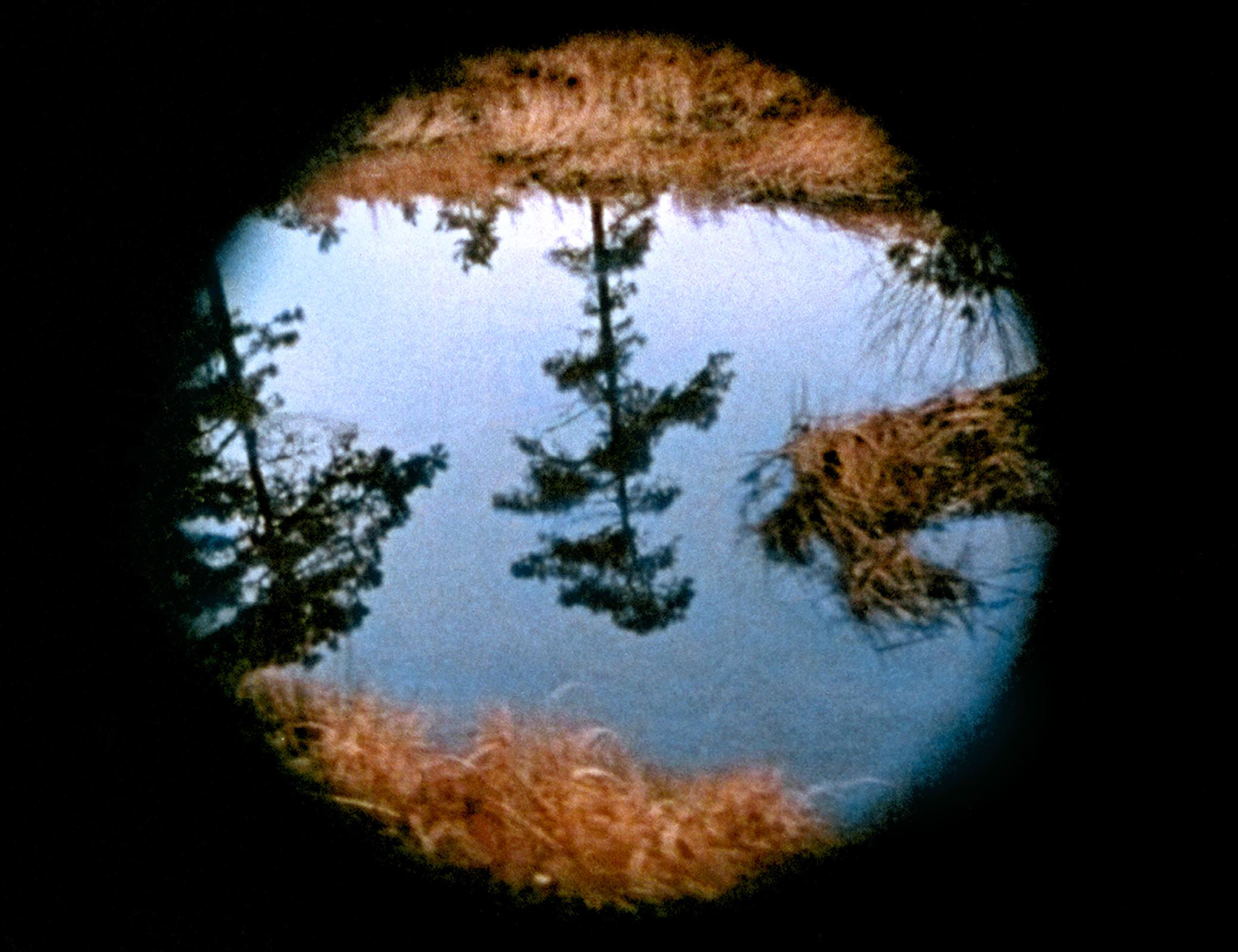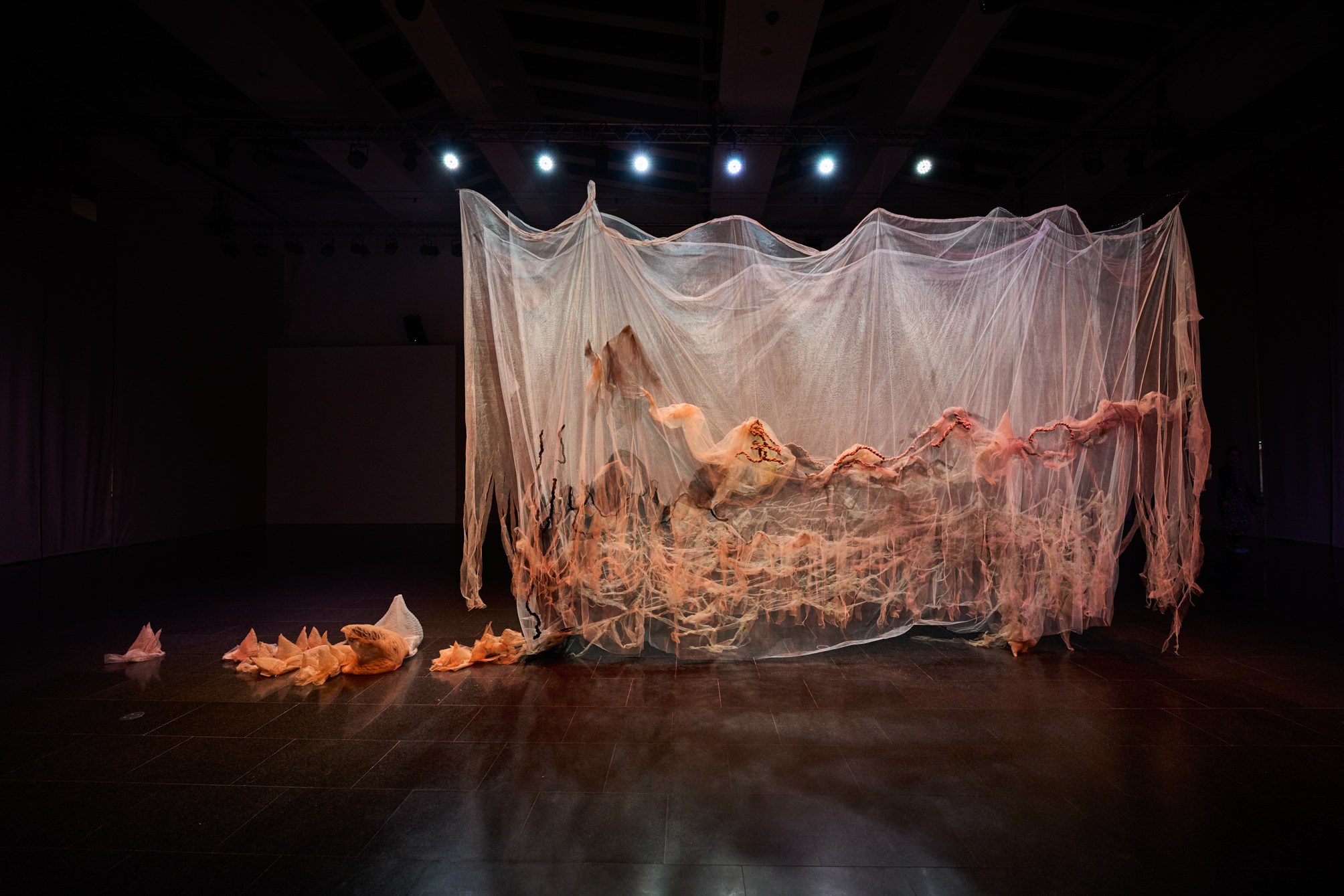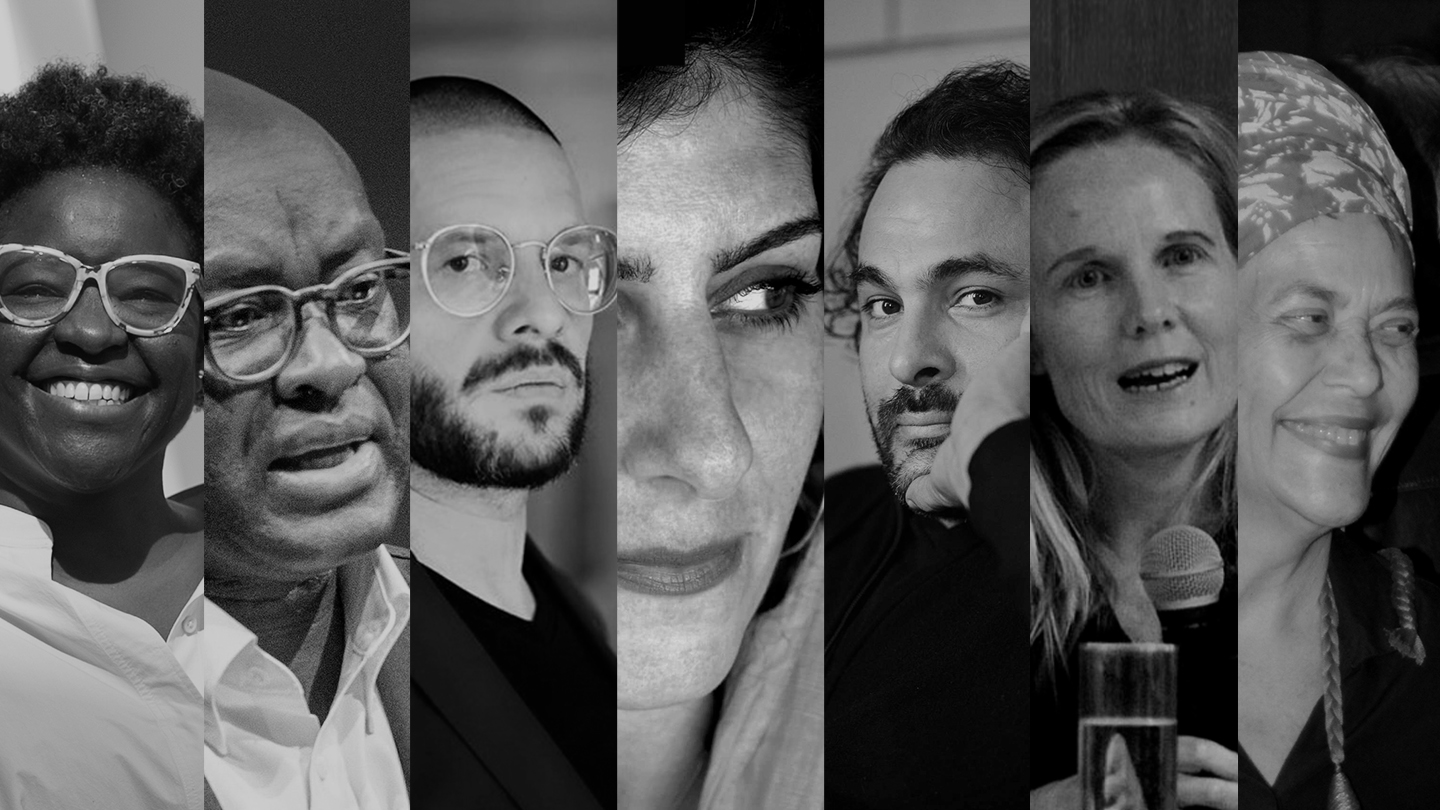Sergi Aguilar.
Reverse/Obverse (1972–2015)
4 June 2015–31 January 2016
MACBA
Plaça dels Àngels, 1
08001 Barcelona
Hours: Monday, Wednesday–Friday 11am–7:30pm (24 June–25 September, 11am–8pm),
Saturday 10am–9pm, Sunday and public holidays 10am–3pm
Reverse/Obverse (1972–2015) takes us through four decades of the sculptural practice of Sergi Aguilar (b. 1946, Barcelona). The exhibition is organised as a sinuous journey, a non-chronological account that explores certain consistent creative tensions in the artist’s work, such as the dialogue between object and process, moderation and accumulation, solidity and lightness, the artificial and the natural, and place and displacement.
As an artist, Sergi Aguilar questions some of the principal paradigms that have shaped the language of sculpture in the context of Spain from the early seventies to the present. At the same time, seen from today’s perspective, his work minimises the role played by formalist interpretations. This uncomfortable stance with the historiographic narrative and its reading codes, with general genealogies and certain specific analysis, not only affects this sculptor from Barcelona but a whole generation of artists whose work has evolved beyond the attributions that were once ascribed to them.
The exhibition is structured around five episodes that create a dialogue between the pieces and the thematic cycles of different periods, recreating the dynamics of the artist’s own working space. The atmosphere of the studio has been translated into the museum, not only by a certain semblance of accumulation, but also through an almost infinite web of possible and random relationships between the works.
Tools and measures
One of Aguilar’s first series, “Tronc, espai, terra, eina” (Trunk, Space, Earth, Tool), 1974, has as its starting point the found tree trunks used by the inhabitants of Menorca for making tools. In these essential forms of bronze and brass presides the idea of both tool and a reference to nature.
“Eines i mesuradors” (Tools and Measures), 1974–2014, is a series in which tools also accumulate, but here they have become lighter and are combined with measuring tools, drawings and some volumes of an abstract nature.
In Abans de la cendra (Before the Ashes), 1999–2004, tools stacked on the five shelves of a trolley suggest themes such as signs, weight, templates and building systems. Gradually, the natural reference is dissipated, and these small volumes, although still close and accessible, now exude a strange functionality.
Geometries
From copying nature, the artist proceeds to analysing it. It becomes a geometrised nature, a radical form but one that does not lose sight of its original context.
Distributed on a large wooden table, designed by Aguilar for the occasion—as with all the supports used in this exhibition—are a representative selection of sculptures made of black marble and executed between 1974 and 1998. Angle, 1974, Dos-Tres núm. 1 (Two-Three, no. 1), 1978, and Canvi (Change), 1980, are blocks partly abstracted from nature, but which openly refer to Post-Minimalism.
The solid corporeality of these marbles establish a dialogue with works such as 18, 1994–98, Fixed, 2000, and Move, 2000, in which cardboard, wood and plywood introduce a sense of fragility and lightness, while hinting at the first appearance of linguistic signs, the result of a pronounced formal synthesis.
Signs and landscape
The blocks begin to disappear, making way for space as the main reference in the works. The sculptures are bent, fitted and dislodged, creating accidental geometries in which the concepts of inclines, enclosure and compasses are excuses to raise ideas of visibility and obstacle. The material of the work is space; the form is transparency and the void.
The result of a journey made by Aguilar through the desert of southern Algeria, Nord-Sud (North-South), 1991, occupies a central place in this gallery. It is a steel structure reminiscent of a blackboard, resembling a space for notes and inscriptions.
Meanwhile, Ruta vermella (Red Route), 2009, unfolds like the skeleton of a small hill, alluding to a certain way of looking at the landscape. The emphasis shifts from the object to notions of territory, transit and vacuity. The idea of displacement is suggested by two black-and-white photos of the desert, Libya, 2005, and a selection of videos made by the artist on different journeys.
Place and territory
Influenced by his travels, Aguilar went on to add to his work the concepts of land and topography. As he says, “Now it is not the space, but the itinerary, the going there and, why not, returning. Volume no longer seems to be necessary. Can we talk of a volume made out of a distance, a sculpture made between places?”
Entre viajes (Between Journeys), 2005–9, consists of 153 drawings that refer to a notebook made in different anonymous geographic locations that are varied and indefinite. 58 falques (58 Wedges), 2004–10, and To G. Anselmo, 2013, allude to the dematerialisation of sculpture and to displacement, as much by the movement they suggest to the viewer as by their content.
Fugues and time
Finally, the itinerary, which could also be visited in a loop, closes with three pieces: Via Laietana, 1988, a steel sculpture hung on the wall and inviting us to take refuge inside, while pulling us toward Punt de fuga (Vanishing Point), 2013–15, and Cara NNO (NNW Face), 2015, the latter especially conceived for the exhibition. These are works that offer possible paths to follow.
The exhibition is accompanied by the publication Sergi Aguilar. Revers anvers. It includes a wide selection of works and photographs that constitute a story without chronological order, one which plays with the metaphor of the artist’s studio. This allows us to delve into certain concepts (space, nature, time, earth, desert, displacement) and key objects (iron, marble, topographies, cardboard, plywood, tree trunks, maps, photographs, collages and tables).
Exhibition organised and produced by the Museu d’Art Contemporani de Barcelona (MACBA).
Daily guided tours (included in Museum admission fee)
Consult times and languages at: www.macba.cat
